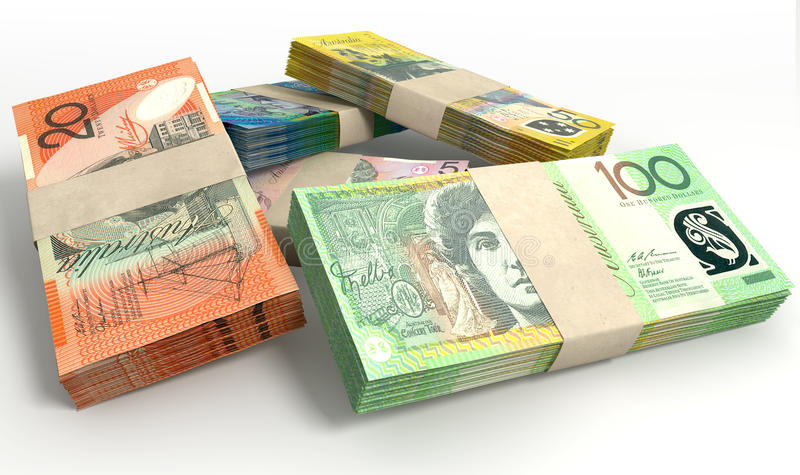AUDUSD is continuing to recover after Australian Q1 CPI data Indicates Inflation remains higher than expected.
The AUDUSD is trading just below 0.6500 on Wednesday, having peaked at 0.6530 overnight following the release of stickier than expected Australian Inflation data, which showed price hikes were greater in Q1 than experts had forecast.
The Q1 Consumer Price Index (CPI) data increased by 3.6% instead of the 3.4% projected by the market, and the price stickiness represented in the data signals The Reserve Bank of Australia (RBA) will be even less likely to reduce interest rates in the short term.
Australia’s interest rates are projected to remain higher for longer than other G10 countries.
The CPI data acted as a stimulus for an extension of the AUDUSD recovery since the anticipation of interest rates remaining high for an extended period of time benefits the Australian dollar. Higher interest rates lead to higher foreign capital inflows, increasing demand for AUD.
AUDUSD leads major currencies following CPI data.
AUDUSD had three consecutive up days on Wednesday (so far), and it is the best-performing G10 currency over the past five days.
According to Rabobank, the RBA is expected to be the last major G10 central bank to decrease interest rates due to sustained inflation, which is supported by Wednesday’s CPI statistics. This is likely to provide. The Australian dollar is under pressure.
“Ahead of this morning’s release of Australian Q1 CPI inflation statistics, the market had already predicted that the RBA would be one of the last G10 central banks to lower rates this cycle. Today’s stronger-than-expected readings underscore this risk and highlight Rabobank’s internal opinion that the RBA’s next easing cycle will be extremely shallow,” Rabobank said in a note on Wednesday.
The higher-than-expected inflation rate in Q1 is likely to prompt the RBA to raise its inflation estimates at its May meeting. When combined with the dismal US PMI data on Tuesday, which debunked the concept of US economic exceptionalism, Rabobank believes the AUDUSD will continue to rise.
“This week’s Data releases from the United States and Australia have confirmed our belief that the AUDUSD will trend higher later this year and into 2025.”
According to the bank, the RBA will most likely not decrease interest rates until November.
“Market indicated policy rates are currently pointing to a relatively slight increase in the cash rate over the next six months, reflecting the growing skepticism about the RBA’s capacity to cut rates at all this year. Rabobank believes the RBA will only drop rates twice in the upcoming cycle, which begins in November.
An RBA cut in November is now unlikely, according to TD Securities.
Analysts at TD Securities go further and withdraw their call for the RBA to lower interest rates.









